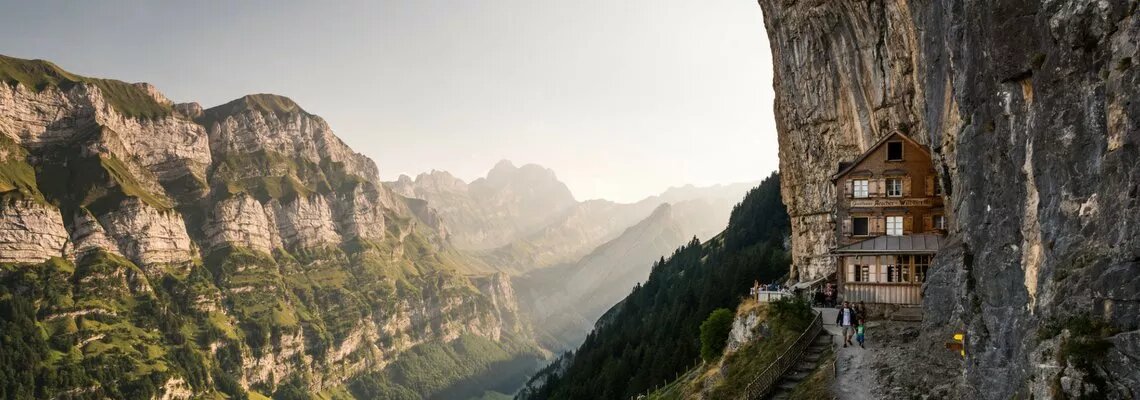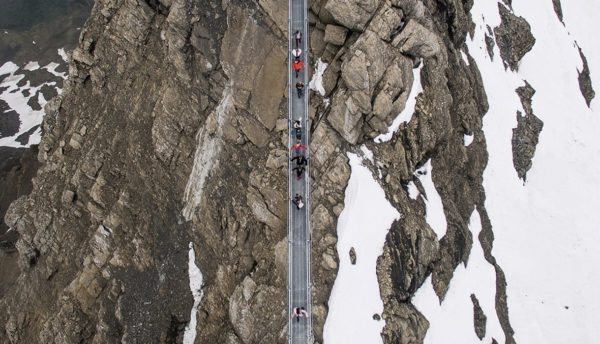storing your photographs in raw format, for or against?

RAW appears to many as the new solution for storing high quality photos, with the most natural rendering possible. But what exactly is RAW? What is its purpose? Can we still do without it?

What's raw?
The RAW file is a way to record a picture just like JPEG and many others. The RAW file has the special feature of saving images in raw, original, unprocessed format. The RAW file is based on the digital negative of the photograph. It plays the role of a “container” which, contrary to all other formats including JPEG, will keep all the information from the photo, useful or not. It is then much more bulky, on average 4 to 6 times heavier than a JPEG.
why the craze for raw?
RAW is becoming interesting for its post-processing capabilities: there are many more editing possibilities. This gives you the opportunity not to define the white balance at the time of shooting, for example, which can be changed in post-production. An underexposed or overexposed photo can then be retouched with the RAW, for a very natural rendering. This is also the case for other settings, up to the zoom, which, because of the quality of the photo, can be made after processing, by cropping. The possibilities are then multiplied tenfold! With RAW, you have the same creative possibilities in post-production as when you took the picture.
RAW has the advantage of capturing more spontaneously violent contrasts than JPEG. This is especially interesting when your subject is overexposed, RAW will help your camera capture light and shadow simultaneously. This is particularly the case when shooting outdoors.
Colour shades are multiplied with RAW, the rendering will be more vivid, while being extremely sharp: this format increases sharpness without having to be subjected to the camera’s choices. It is useful for very bright exposures, for example with photographs of clear sky or sunshine. We often see color lines in JPEG rather than a sharp, streak-free gradation in RAW.
However, this does not prevent RAW photos from having a softer rendering: the nuances blend well and pastel colours, for example, are exacerbated by this format.
why don't we skip it?
But RAW does not only have advantages. As explained above, its weight is quadrupled or more. Many adjacent problems follow: long loading time, full SD cards, fast saturated storage…
RAW is incompatible with some retouching software, especially cheaper software and semi-professionals. Sharing is then more difficult: by using RAW, your correspondents may not be able to read your files. In addition, RAW is heavier than JPEG and it is not always possible to send your RAW photos by email. It is then advisable to always convert your files to JPEG before sending. This conversion is an avoidable waste of time if you work directly in JPEG.
RAW is also customizable: everyone can have a different RAW format, and not all cameras use the same variants. A current RAW variant will not necessarily be readable within ten years, unlike JPEG, which is more durable.
so what to do?
In summary, RAW is complicated: it takes up a lot of space, makes sharing difficult, and raises questions about long-term storage. However, RAW has the advantage of producing smoother images. It also makes retouching easier, with better color and light preservation. If you spend time on your post-production it is interesting to use it, but don’t forget to double your file in JPEG.
If you wish to call upon professionals to make your photos, company photos, culinary photos etc.: